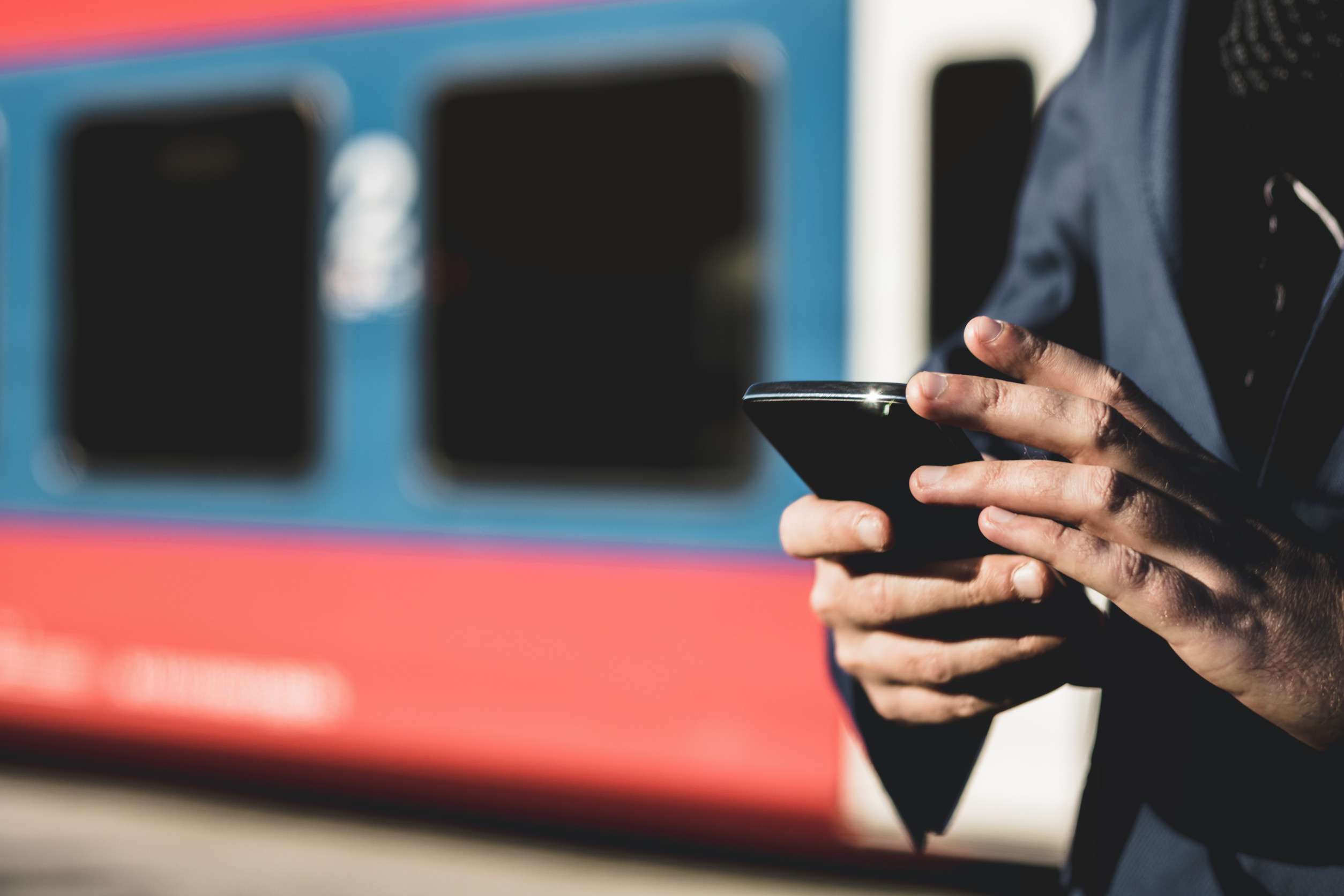
Free public Wi-Fi feels like a modern necessity. Coffee shops, airports, hotels, and even parks offer it as a convenience—but convenience often hides risk. Most people jump onto public networks without thinking twice, unaware of the vulnerabilities they expose themselves to.
The dangers aren’t always obvious, and that’s exactly what makes them so dangerous. Beyond the usual warnings about hackers, there are lesser-known threats that lurk beneath the surface of unsecured networks.
1. Your Device Can Be Turned Into a Bot Without You Knowing
Once connected to a public network, your device becomes fair game for background infiltration. Cybercriminals can silently install scripts that make your phone or laptop part of a botnet—a network of compromised devices. These infected devices are often used to launch coordinated attacks or spread malware to others. The worst part is that this process is nearly invisible, with no immediate signs of infection. Your device could be working for a cybercriminal enterprise without your knowledge or consent.
2. Fake Hotspots Are Almost Impossible to Detect
Hackers often set up fake Wi-Fi networks with names similar to legitimate ones to trick users. These rogue hotspots might look like “Free Airport Wi-Fi” or mimic the name of a nearby business. Once connected, every piece of data sent—logins, passwords, emails—can be intercepted. Most devices automatically connect to previously joined networks, which makes this trick even more effective. Unless a user is actively checking the source, they might never realize they connected to a trap.
3. VPNs Aren’t Bulletproof in Every Scenario
While VPNs offer an added layer of protection, they’re not infallible. Weak encryption protocols, faulty configurations, or outdated VPN apps can still leave data exposed. Some VPN services have been known to log user activity despite promising privacy. On a compromised network, even encrypted traffic can be subject to timing attacks or metadata leakage. Relying solely on a VPN can create a false sense of security that backfires in high-risk environments.
4. Automatic Syncing Exposes Sensitive Information
Many devices are set to automatically sync files, emails, photos, or cloud storage when connected to Wi-Fi. On a public network, this can result in sensitive personal or professional information being broadcast unintentionally. Hackers can exploit this to gain access to synced folders or cloud drives without needing direct interaction. This passive vulnerability is easy to overlook but opens a wide window into private content. What seems like harmless syncing can quickly turn into a significant data breach.
5. Malware Injection Through Ads Is Still a Threat
Cybercriminals often inject malicious code into ads served over unsecured networks. Even visiting reputable websites can expose users to drive-by downloads or browser hijacking. These malicious ads can install spyware, ransomware, or keyloggers silently in the background. Most people blame malware infections on sketchy sites, but ad-based attacks on public Wi-Fi are a known vector. Without strong ad blockers or up-to-date antivirus protection, users remain at serious risk.
6. File Sharing Features Can Be Exploited Remotely
Many laptops and mobile devices have file sharing or AirDrop-like features enabled by default. On public Wi-Fi, these services can become an open invitation for unauthorized file access. Hackers nearby can attempt to push malware or access shared folders if the device is not properly secured. Most users are unaware that these features are even active while browsing casually at a café or airport. Leaving file sharing turned on is like leaving the front door wide open in a bad neighborhood.
7. Session Hijacking Lets Attackers Impersonate You
Once you log in to a website over public Wi-Fi, a hacker can intercept the session token—essentially a key to your account. This allows the attacker to impersonate you without ever needing your username or password. Session hijacking is particularly dangerous because it bypasses authentication entirely. Even websites with HTTPS encryption can be vulnerable if the session is hijacked after login. Victims often stay unaware while attackers access emails, social media, or even banking accounts under their identity.

8. Your Device’s MAC Address Can Be Tracked and Cloned
Every device has a unique MAC (Media Access Control) address that can be captured on public Wi-Fi. Once collected, hackers can track the movement of that device across different networks or even clone it to impersonate you. This allows them to bypass MAC-based filters or inject malicious behavior using a cloned identity. The ability to trace where and when a device connects can be used for targeted attacks or data profiling. Few users realize that just by connecting, they’re broadcasting a fingerprint of their device to everyone nearby.
Stay Secure Online
Public Wi-Fi might feel like a lifesaver when there’s no data signal, but it’s also a breeding ground for invisible threats. The real danger lies not in the obvious risks, but in the hidden vulnerabilities that most people never consider. Each time a device connects to an unsecured network, it becomes a potential entry point for exploitation. Awareness is the first step toward digital self-defense.
What hidden dangers surprised you the most? Share your thoughts or drop a comment—your insights could help someone else stay safe.
Read More
6 Ways You’re Giving Away Your Travel Plans to Strangers
How to Earn Money Online Without Giving Up Your Personal Information
The post 8 Hidden Dangers of Public Wi-Fi That No One Talks About appeared first on Everybody Loves Your Money.







